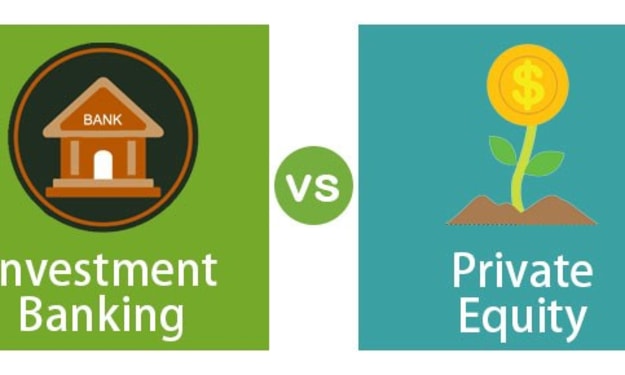Frameworks used for Building ML Engines from Big Data
ML Engines from big data

The general purpose of ML is the representation of the input data and the generalization of the learned patterns for the use of future unseen data. The data representation has a major impact on the performance of machine learners on the data. If the data is represented in a poor manner it will reduce the performance of even an advanced, complex machine learner. The data which is represented in a better manner will lead to high performance.
The big data engineers develop the data pipelines to help train and deploy the ML models. They also develop more technically demanding continuous data pipelines that offer applications with artificial intelligence and machine learning (ML) algorithms.
Once focused on developing pipelines to support traditional data warehouses, the data engineering teams are in the process of developing more technically demanding continuous data pipelines that feed applications with AI and ML algorithms. These data pipelines are very affordable, quick, and are quite dependable regardless of the kind of workload and use case.
Let’s take a look at the various frameworks often used for developing machine learning engines from big data.
• Apache Spark
It is a general purpose open-source computational engine for Hadoop data. It offers an expressive programming model, which helps a vast range of applications, such as machine learning, graph computation, and stream processing. It works really well for data sets that need a programmatic approach, like file formats that are vastly used in healthcare insurance processing.
Spark is also distributed, flexible, and quick. It gives an in-memory computational engine, as well as facilities for real-time data streaming. This gives big data engineers to create stream processing in the same way they write batch processing. Spark also supports mid-query fault-tolerance and also actively recovers when there is a failure.
• Apache Hadoop/Hive
Hive is an Apache open-source project, which is developed on Hadoop and is used for analyzing, querying, and summarizing huge data sets with the help of a SQL-like interface. The Apache Hive is mainly used for batch processing and batch SQL queries. It also supports data exploration on huge volumes of unstructured, semi-structured, and structured data sets, due to its presence of inexpensive storage and its compatibility with SQL.
Hive provides diverse computational techniques; the micro-batching with Hive is considered a workable and more economical option.
• Presto
It is an open-source SQL query engine, which is developed by Facebook. Presto is quite helpful for running interactive analytic queries against data sources of all sizes from gigabytes to petabytes. It was built to offer SQL query abilities against disparate data sources that help the users to combine data from various data sources in a single query. It provides a fast and simplified way to access data from various sources with the help of industry-standard SQL query language.
Presto is also considered an ideal framework for the orchestration of data pipelines. For instance, if the information is going to be delivered as a dashboard or the intention is to probe the resulting data sets with low-latency SQL queries, in these cases, the Presto will be considered as an optimal choice. By using Presto, the queries can be run faster when compared to Spark.
• Airflow
Airflow is an open-source tool created by the community to programmatically author, schedule, and monitor data workflows. With the help of Airflow, the users would be able to author workflows as Directed Acyclic Graphs (DAGs). DAG is the set of tasks required to complete a pipeline organized to reflect their relationships and interdependencies.
Airflow is natively integrated to work with big data systems that include Hive, Presto, and Spark. It works best with workloads, which follow the batch processing model.
End Notes
For developing a machine learning engine it is very important to choose an optimal framework depending on the specific business requirements. The data engineers usually take help from various data pipelines to complete several stages of the data engineering function while building machine learning engines.
About the Creator
Pradip Mohapatra
Pradip Mohapatra is a professional writer, a blogger who writes for a variety of online publications. he is also an acclaimed blogger outreach expert and content marketer.






Comments
There are no comments for this story
Be the first to respond and start the conversation.